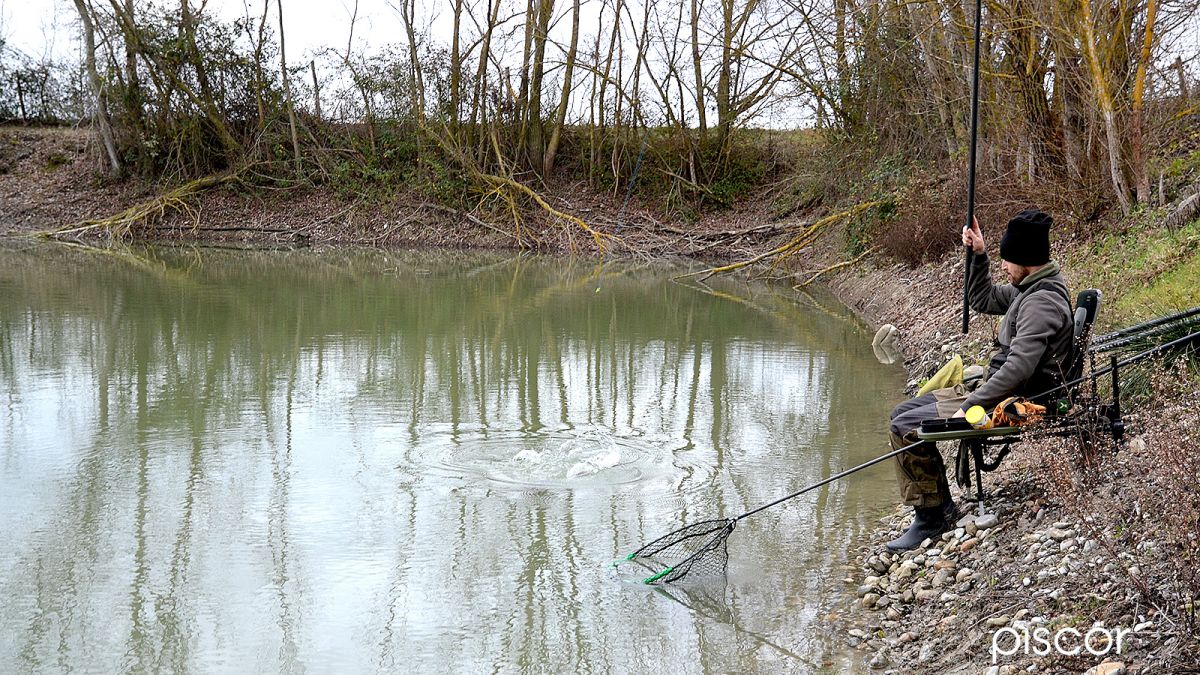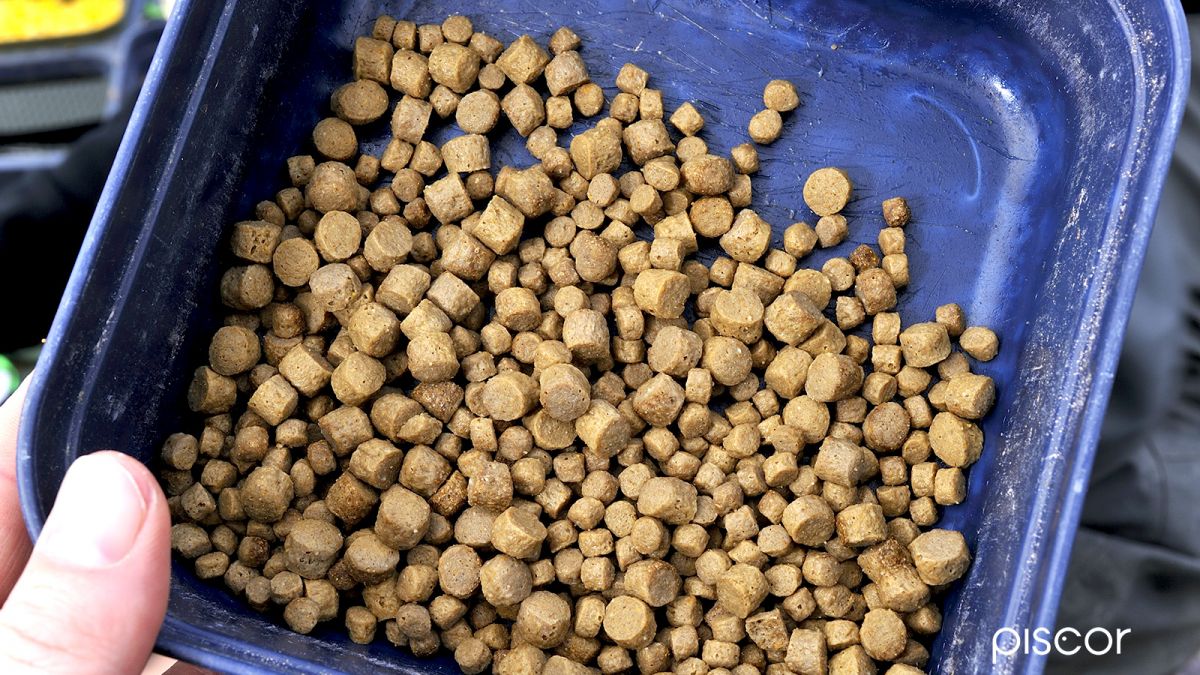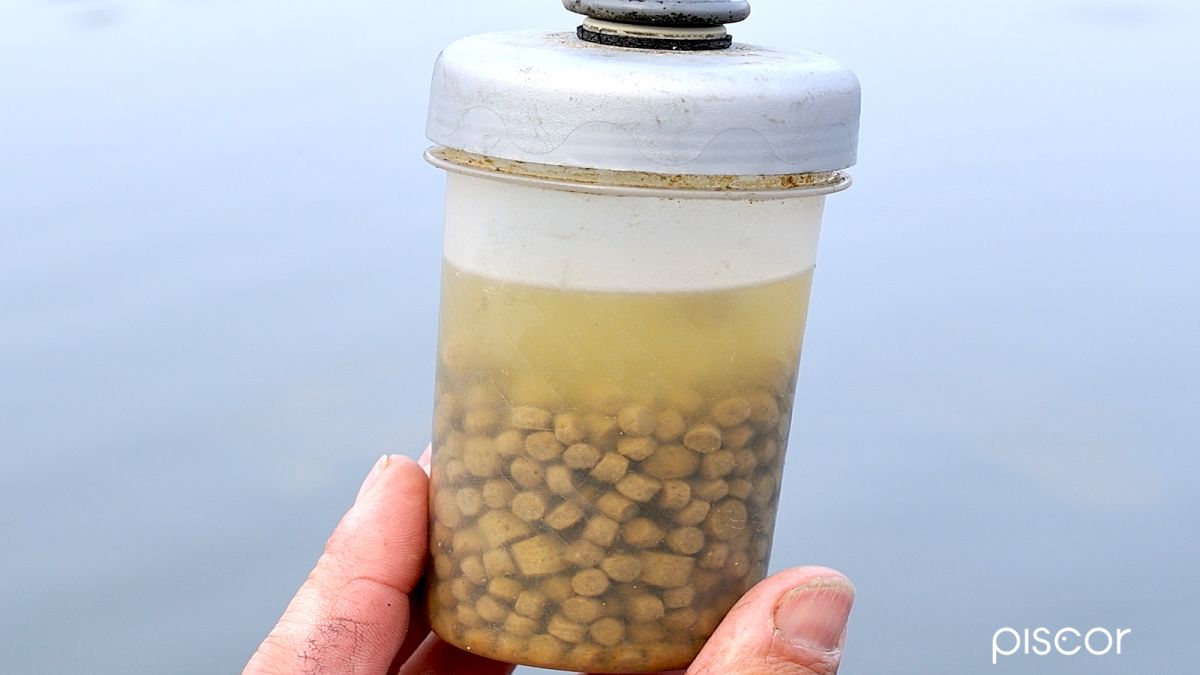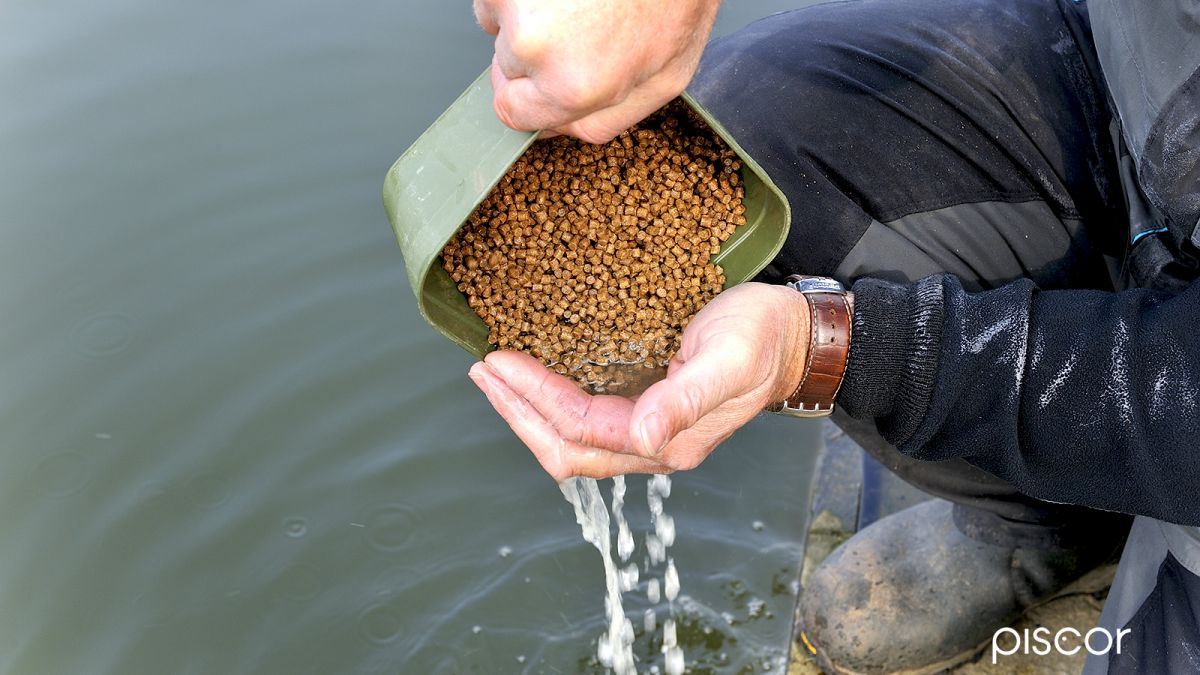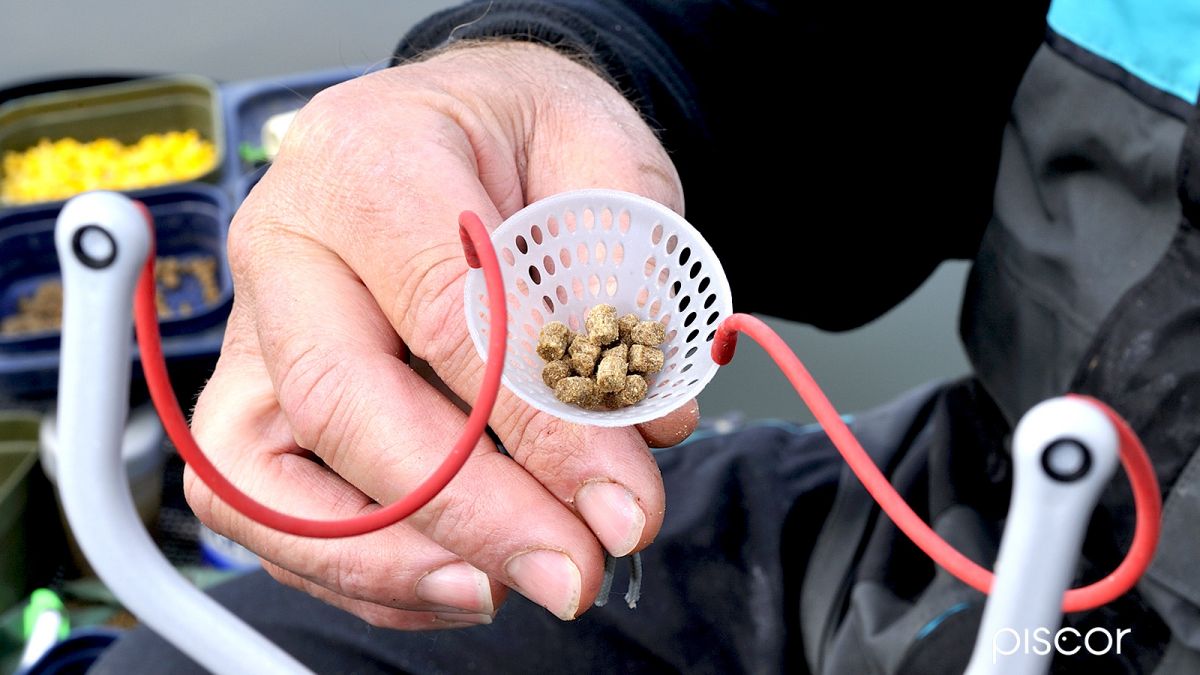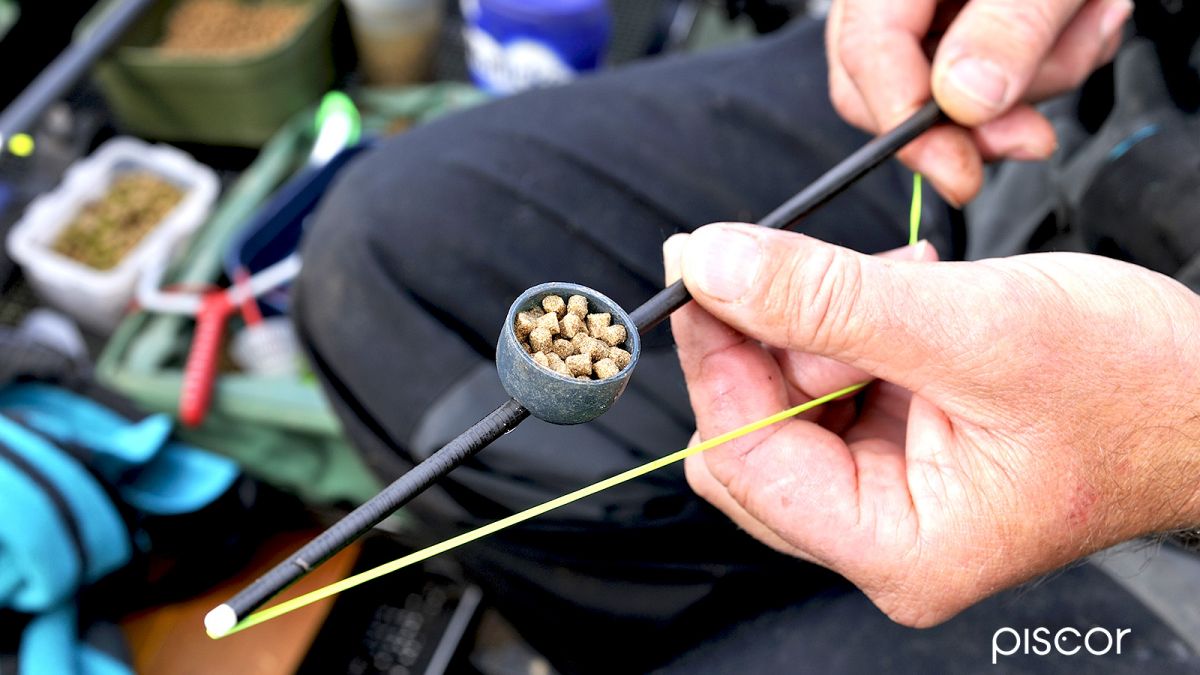Pellets have quickly become one of the most used baits in the fishing technique in ponds for both carp and whitefish fishing, but this bait is also increasingly used in open waters to catch small and large breams, a species that is becoming more difficult to catch with conventional baits.
The same goes for gardons in lakes and canals: while more and more pellets are used, more and more fish are tuned to this appetizing morsel of protein.
When pellets appeared on the fishpond scene, there was no immediate reaction from the fishermen to this new type of fishing, but now many of them always have pellets in their luggage for every type of water they have to deal with.
It's considered just like an alternative bait and once you've learned the basics of how to use it, it's as simple as employing big boys and casters.
In this article we will teach you the simple tactic to adopt to catch fish of significant weight in all types of water with the confidence that it will not be long since the pellet revolution will take place in major European waters.
Pasture and trigger pellets
It's easy to reach the right consistency of the trigger pellets, we have used in this case a narrow grain pellets, in sizes of 4 and 6 mm, even in the expansion phase remain quite dense and this is exactly what many fishermen look for in a pellet to trigger.
Before the fishing session, it is recommended to put a generous handful of pellets in the pump, we fill it with water so that they float, but once extracted the air will sink. Then we throw away the water and take the pellets to the shore, where it is advisable to repeat the process with the water from the lake once more, dripping the water to place them in a bowl, so we will have the perfect pellets to fish in the days ahead.
To prepare them for the baiting phase all we have to do is place two pints in the bowl, cover them with water for about a minute, drain off the excess liquid and pellets are ready to be used. They will soften over time and this will help them to sink and make them more digestible for the fish.
If the target is carp, we will use the pellets as they are in their packaging because the carp have no problem in "grinding" the harder pellets, so this type of baiting becomes a little more selective.
The choice of the fishing line
Many of the fishing trips with pellets are made in the lake, so the float choice is essential. We used the Drennan G-Tip Float which has a thin 1.25 mm hollow antenna.
The float has a drop-shaped and carbon drift, the latter element is important because we fish with a short banniere on the float, sometimes less than 30 centimeters and a metal drift could cause tangles with a line so short because the float is likely to turn around the main line.
The short line helps to promote the retrieve, because fishing with pellets is not like fishing with live bait. The fish will suck and reject a pellet quickly, while with live bait it must first kill the bait and then swallow it, so it is essential to retrieve at the slightest movement.
A torpille and three shot leads under it complete the line. The more aggressive 2 gram mounting supports a 16 gram barbless hook with a wide curve that is suitable for both carp and small breams and works perfectly with 6mm pellets.
The lighter mounting has a little more finesse, with a 16 mm barbless hook for whitefish that will be a winning choice if the catch becomes more complicated and we will have to fish with a 4 mm hook.
Since we are fishing various fish, we will use a 0.117 mm rig and it will not be too much for small breams, but it will give the opportunity to catch occasional carp that we can hook during the fishing session.
Probing the seabed
We always start with the precise launch, so when the float is in the water we have no line on the bottom, but only the bait.
When the bottom is soft, it is advisable to use a large split lead applied to the hook. If we start to take small and larger breams, we can afford to go 4 inches deeper, but without exaggerating, unless the wind speed is not very strong enough to produce a series of ripples on the water.
Take the time you need when you are evaluating the depth, because it can mark the turning point or not of a session. Also, try to find a flat bottom as it is very difficult to present the triggers well on a sloping ground; this can also lead to encountering a lot of other fish feeding at different levels on the sloping bottom.
If the only place where you can fish is on a slope, then we suggest baiting only with a cup in order to limit the maximum area of baiting; the sling can only be used in the case of flat seabeds.
Elastics for "mixed fish"
The choice of elastic band depends on the type of fish and the size you are aiming for. For small and large breams, a full size 6 elastic band is perfect, but when the fish is mixed as in the lake where the photos are taken, from 6 to 8 is better, mounted on a kit for pulling the elastic
This will allow you to concentrate on fishing for carp, carassius, tench and anything else that remains hooked, but it is soft enough for breams of all sizes.
An economical way to fish
Once we have chosen an area for fishing where the bottom is flat and regular, we start the session by baiting in a cup with a quarter of a 250 ml container of 6 mm pellets and a fishmeal pasture ball at 13 meters.
Always pay attention to the amount of pasture you start baiting, especially the fishmeal, as there is a risk that the fish will become suspicious by finding excessive food on the bottom.
Since there are few fishermen in the lake, I'm worried about attracting too many carp that could take over the small breams by sending them out of the station. Two bags of pellets are enough for at least ten sessions, as well as a kilo of 6mm pellets will be enough for a session of about 5-6 hours, so it's a fairly inexpensive way to fish.
Follow the simple steps we have proposed and you too will have some truly exceptional days of fishing and you will be surprised by the large amount of species that will be deceived by the pellets.
If you like to experiment, try to baiti a spot for a few days with pellets in a place where they have never been used before.

